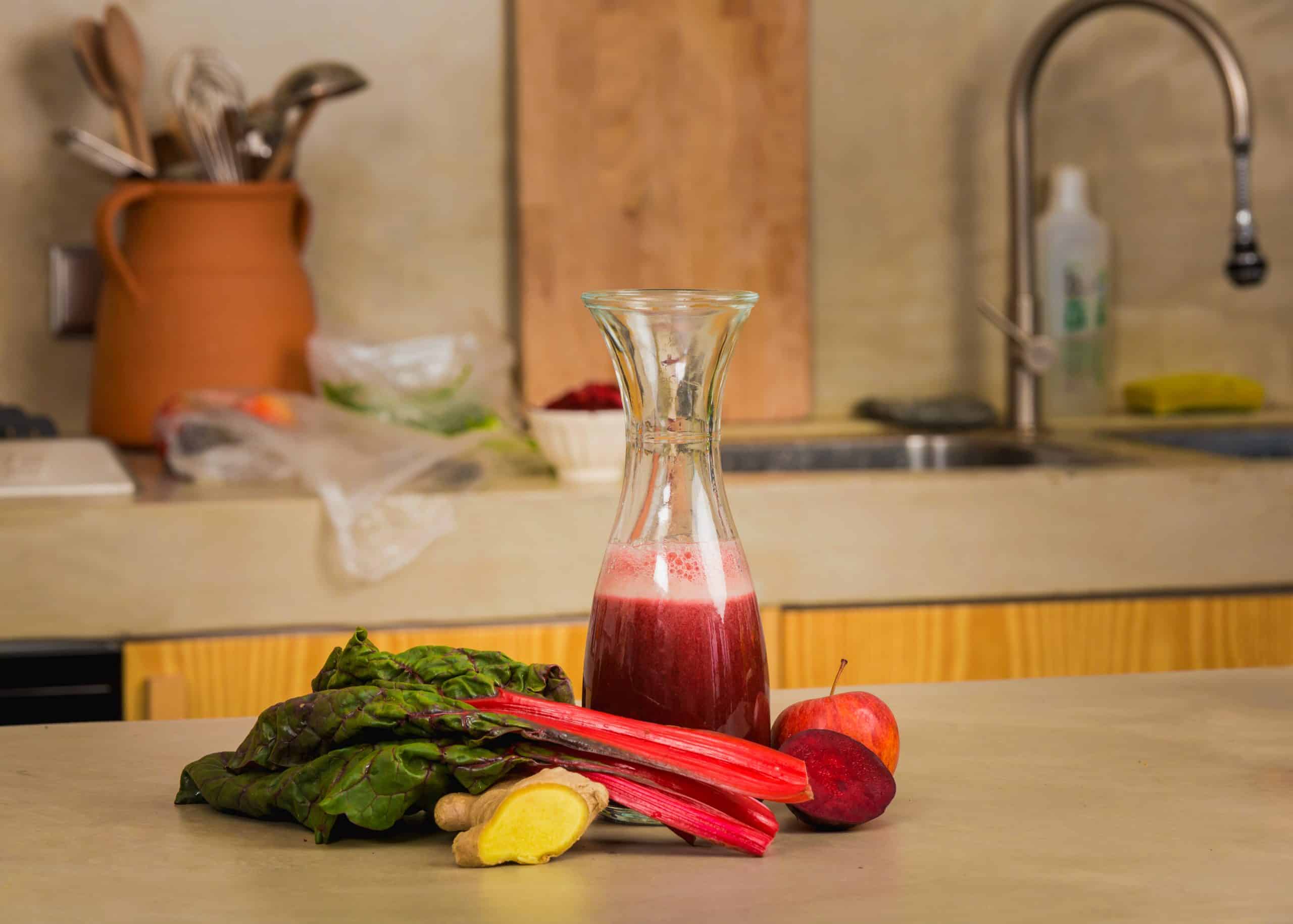Have you ever wondered about feeding your pets raw food? If you’re like many pet owners, the concept might seem both intriguing and somewhat daunting. With so much information available, it’s easy to become overwhelmed and unsure where to start. And yet, raw feeding, when done properly, can be a beneficial addition to your pet’s nutritional regimen. This guide aims to demystify the process, providing practical advice on how to safely incorporate raw feeding into your pet’s diet.
Understanding Raw Feeding
Before we venture into how to safely incorporate raw feeding into your pet’s diet, it’s important to understand what raw feeding actually entails.
Also to discover : What’s the Best Way to Teach Your Pet to Respond to Visual Signals?
Raw feeding, also referred to as the Biologically Appropriate Raw Food (BARF) diet, is a method of feeding pets that attempts to mimic the diet their wild ancestors would have eaten. This typically includes raw meat, bones, fruits, vegetables, and occasionally dairy products. The idea behind raw feeding is to provide a more natural, balanced diet than what is typically offered by commercially prepared pet foods.
The benefits of a raw diet can be significant. Many pet owners who implement this feeding method report improvements in their pets’ coat quality, dental health, digestion, and overall vitality. However, raw feeding also carries potential risks, including bacterial contamination and nutrient imbalances. Therefore, it’s crucial to approach raw feeding with care, ensuring that you’re providing a nutritionally balanced diet that’s safe for your pet to consume.
In parallel : What Are the Best Strategies for Dealing with a Pet’s Nighttime Restlessness?
Choosing the Right Raw Foods
Just as with humans, not all foods are suitable for pets. Certain raw foods can be harmful, or even deadly, to your pet. So, how do you know which raw foods are safe to include in your pet’s diet?
When it comes to raw meat, opt for human-grade meat from reliable sources. Avoid feeding your pets raw pork, as it can carry a risk of parasites. Raw poultry is generally safe, but keep an eye out for any signs of salmonella contamination, such as diarrhea or vomiting. Fish can be a good source of Omega-3 fatty acids, but should be frozen for at least a week before feeding to kill any potential parasites.
Raw bones can be a great addition to your pet’s diet, providing valuable minerals and helping to keep teeth clean. However, they should always be fed raw, not cooked, as cooked bones can splinter and pose a choking risk.
Fruits and vegetables can also be included in your pet’s raw diet. However, avoid feeding them grapes, raisins, onions, garlic, and avocados, as these can be toxic to pets. Be sure to finely chop or puree vegetables to make them easier for your pet to digest.
Preparing and Storing Raw Food
Proper preparation and storage of raw food is crucial to ensure your pet’s safety.
When handling raw meat, always follow safe food handling practices. This includes washing your hands and any surfaces that come into contact with the meat, and avoiding cross-contamination with other foods.
Store raw food in the freezer until you’re ready to use it. Thaw it in the refrigerator, not on the counter, to minimize the risk of bacterial growth. Once thawed, it should be served to your pet within a couple of days. If your pet doesn’t finish their raw meal immediately, refrigerate any leftovers right away and discard them if they haven’t been eaten within 24 hours.
Monitoring Your Pet’s Health
Once you’ve introduced raw feeding into your pet’s diet, it’s crucial to monitor their health closely.
Keep an eye on your pet’s weight, as too much or too little food can lead to weight gain or loss. Note any changes in your pet’s coat, energy levels, stool consistency, and overall health. If your pet becomes ill or you notice any adverse reactions, consult a vet immediately.
Routine veterinary checks are still essential, even if your pet seems to be thriving on their new diet. Regular blood tests can help detect any nutrient imbalances or health issues early on.
Seeking Expert Advice
Before making any significant changes to your pet’s diet, it’s always wise to seek expert advice.
A vet or a pet nutritionist can provide valuable guidance on how to safely incorporate raw feeding into your pet’s diet. They can help you design a balanced meal plan, suggest suitable raw foods, and give you advice on portion sizes and feeding frequency.
Remember, every pet is unique, and what works for one might not work for another. By taking a careful, informed approach to raw feeding, you can provide your pet with a diet that’s not only biologically appropriate but also safe and nutritionally balanced.
The Role of Supplements in a Raw Diet
There are some essential nutrients that might be difficult to incorporate in sufficient quantities from raw food alone. This is where supplements can play a crucial role in the raw feeding approach.
Certain vitamins, like Vitamin D, E, and B-vitamins, are crucial for your pet’s health. Similarly, minerals such as calcium and phosphorous, which are vital for bone health, can sometimes be challenging to include in the right amounts in a raw diet. Dietary supplements can help fill these gaps, ensuring your pet gets a balanced diet.
The key in supplementing a raw diet is to understand your pet’s specific needs. This requires a thorough understanding of the nutritional composition of the dog raw diet you are providing, and the nutritional needs of your pet.
For instance, if your dog diet is heavy in raw meat but lacks sufficient vegetables or bones, your pet might miss out on necessary fiber or calcium. In such cases, fiber supplements or bone meal might be a good addition to your pet’s raw diet.
Always remember, while supplements can be beneficial, they are not a substitute for a varied and balanced diet. Over-supplementation can also lead to health issues. It is prudent to consult with a pet nutrition specialist or your vet before adding any new supplements to your pet’s diet.
Day-to-Day Management of Feeding Raw
Day-to-day management of feeding raw requires planning and organization. This involves designing a meal plan, portion control, and establishing a feeding routine.
Just as humans thrive on a routine, pets also benefit from having a consistent feeding schedule. It helps in maintaining their metabolic health and ensures they are getting their nutritional needs met consistently.
Portion control is integral in feeding your pet a raw diet. Overfeeding can lead to obesity, while underfeeding might result in nutritional deficiencies. The portion size would depend on various factors such as the size, age, breed, and activity level of your pet.
When it comes to a meal plan, variety is crucial. Feeding your pet the same raw dog food every food day can lead to boredom and nutritional imbalances. Make sure to rotate between different types of meats, include a mix of fruits and vegetables, and occasionally add dairy products, if your pet can tolerate them.
In Conclusion
A raw diet can be an excellent way to feed your pet, provided it is done correctly. It involves more than just serving raw meat or raw food to your pet. A safe, successful approach to raw feeding involves understanding the principles of a raw diet, seeking expert advice, careful selection and handling of raw foods, closely monitoring your pet’s health, and using supplements appropriately.
Remember, the goal is to offer your pet a diet that closely resembles what their ancestors would have eaten in the wild, while ensuring it is safe, nutritionally balanced, and suitable for their individual needs. If done right, a raw food diet can contribute significantly to your pet’s overall health and wellbeing. It’s worth the time and effort to ensure that your pet reaps the benefits of raw diets while minimizing potential risks.











